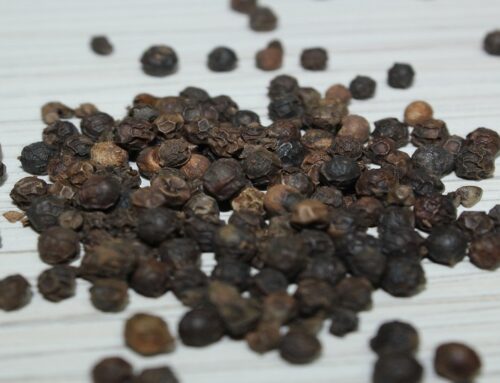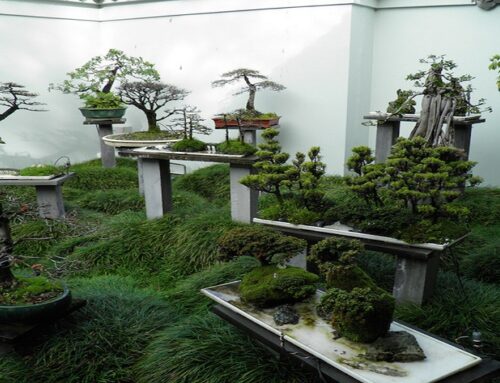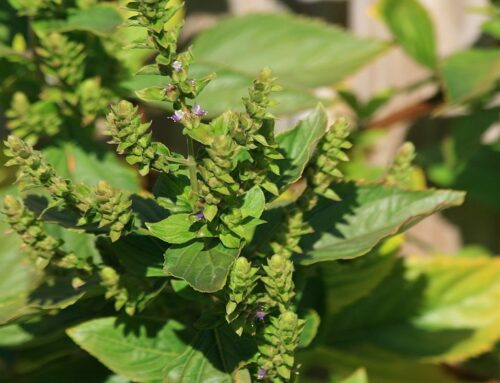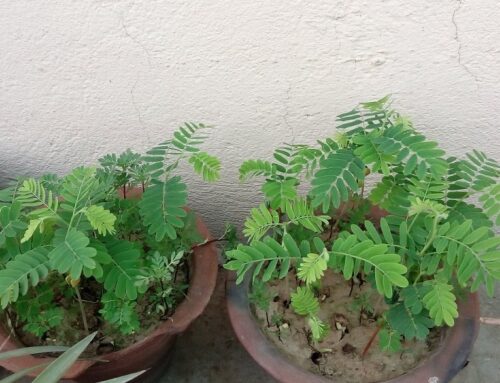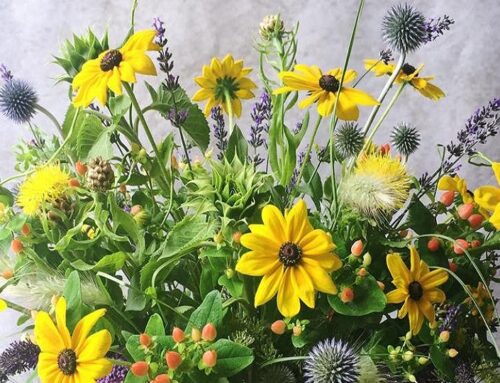Ha! Amaryllis! Have you ever wondered how to grow these beautiful plants? In this article you will find various growing practices for amaryllis plants. Read more below:
Climate Requirements
Amaryllis can be grown in any type of climate from tropical to sub-tropical and even to temperate environmental conditions. However the bulbs are prone to adverse conditions. The ideal temperature suited for proper growth of the plant is 21 to 27 degree Celsius with relative humidity not less than 50% and not more than 90. Being a long day plant, Amaryllis requires around 16 hours of light for the production of quality flowers, leaves with perfect color. The intensity of light also affects the flowers’ size and quality.
Soil Requirements
Sandy Loam soil is considered as best soil to grown Amaryllis successfully. The soil should have good water holding capacity and proper drainage. Soil containing rich amount of organic matter also adds value to the flower production. The ideal pH of soil is similar to all the bulbous crops within the range of 6 to 7.
Site Selection and Field Preparation
Amaryllis prefers sunny situation hence the site or the place in the garden should be selected in such a way so that the plant gets full day sunlight. High light intensity increases the percentage of quality, number and sizes of the blooms. The field is ploughed deep to remove all the left over which can be sources of infection. Deep ploughing also results in exposing the down soil thereby killing harmful microorganisms. Well rotten farm yard manure is also added and thoroughly mixed with the soil. The soil is then leveled properly.
For pot plantation of Amaryllis, the pot mixture should contain sand, well decomposed organic matter and leaf mould in the recommended proportion.
Planting Amaryllis
Propagation
The plant is propagated by vegetative methods generally by bulbs. Amaryllis has tunicate bulb and the methods of propagation are already discussed in earlier section. The common methods of propagation of tunicate bulbs are scaling, cottage, scooping and sectioning.
Selection of Bulbs
The bulbs should be free of any external injury, properly dried under shade and have overcome dormancy. As once planted, the bulbs can be re-used to next two years, proper care should be taken to select the bulbs that do not harm other neighboring flowers which mean selection of infection free planting material.
Planting Season
Amaryllis in the hills is grown during March to April whereas in plains, the time of planting is September to October which can also be extended to December and January.
Planting Method
Planting space and depth of planting are two important parameters that affect the flower production to a larger extent. The plant blooms effectively when these two parameters are managed efficiently. The planting space for Amaryllis is recommended to be 20 X 20 centimeter. The propagated planting material (cut pieces of bulbs by various propagation methods) is then planted on seed beds. It is advised to water the beds once planting is over. The size of the bulbs, plant spacing, season and planting depth influence the growth of Amaryllis. It is said that the larger the bulb, the larger in the size of flowers.
Irrigation and Fertilization
Usually, planting should be done in moist soil. This is mainly done to ensure compatibility between the soil and plants. It is thus advised to water the soil few days before planting the bulbs. The amount of water to be applied also depends upon weather and growth stage of plants. Dry weather demands higher amount of water generally during the vegetative growth of plant. The irrigation is then stopped till the flowering commences. In case of normal weather conditions, irrigation is done once in 15 to 20 days of interval as the soil is already moist. The flowers need good quality and amount of fertilizers during their entire growth stages. Application of macronutrients containing fertilizers such as Nitrogen, Phosphorous and Potassium at the ratio of 1:2:1 respectively.
The growth and flowering of Amaryllis depends upon various environmental factors such as intensity, duration and quality of light, temperature, dry or humid weather as well as other factors like amount and quality of manure and fertilizers applied, irrigation done, use of growth substance before planting and various cultural practices to manage the garden.
Harvesting
To use Amaryllis as a cut flower the stalks are cut with a sharp blade when the buds are elongated completely and about to open. This was the life of flower in the case increases. As for all other flower crops, the harvesting is done either in early morning or late evening. The harvested stalks are immediately dipped in water to remove field heat and also to retain the moisture in the plant.
We have a book on ‘Growing Amaryllis‘….
Check out our publishing services here…
We publish top quality videos on various ‘Food & Agriculture’ topics. You may subscribe our video channel here…


